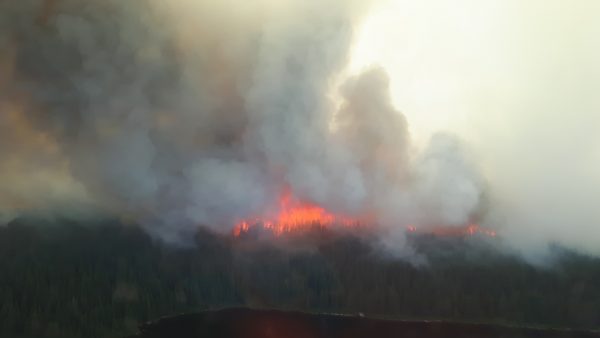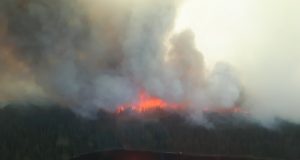

Sandy Erni – Sault Ste. Marie, Ontario.
In the last half century, Canadian forests have experienced changes in fire activity due to several natural and human factors: changing climate, human land use, fire management practices, etc. In Canada, the number one priority of fire management is to protect human life and property.
In a recent study published in Nature Communications, Natural Resources Canada researchers investigate whether decades of aggressive fire suppression has reduced fire risk. Younger forests (<30 years) are usually less flammable than older forests, and a greater proportion of old forest near communities may inadvertently increase the risk of wildfire. Researchers conducted their study by comparing the percentage of recently burned forests within a 25 km radius of communities to the percentage beyond that distance, farther away from communities.
Their analysis of 160 communities across boreal Canada shows that many communities are more vulnerable to wildfire because they are surrounded by older and more flammable forests. According to their research, aggressive fire suppression policies have likely increased the age of the forest and the amount and continuity of flammable vegetation.
This study reaffirms the need for a more comprehensive approach to wildland fire management that focuses on not only protecting human life and property, but also includes preventing the continuity of older and highly flammable forests.
You can read the study here.
- Ladies Night Golf – July 24, 2024 - July 26, 2024
- Red Pine Confirms Independent Sampling and Assaying - July 24, 2024
- Men’s Night Golf – July 18 - July 20, 2024
 Wawa-news.com You can't hear the 'big picture'!
Wawa-news.com You can't hear the 'big picture'!
